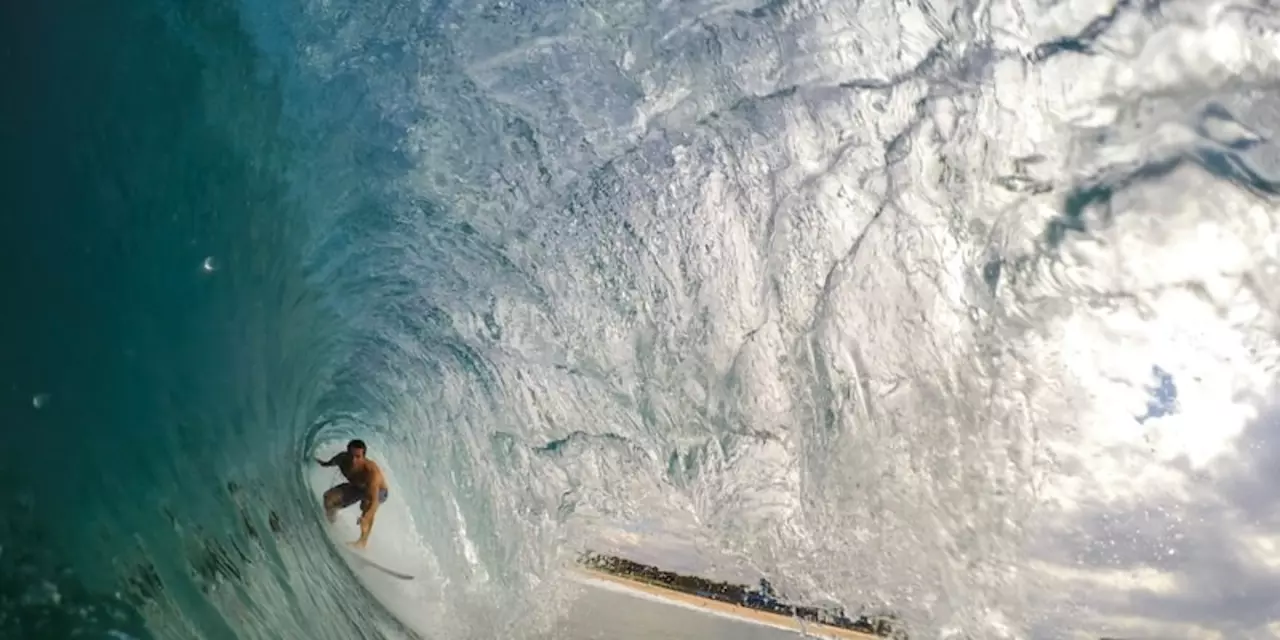Paddleboarding – Everything You Need to Get Started
If you’ve ever watched someone glide smoothly across a lake on a board and thought, “I want to try that,” you’re in the right place. Paddleboarding is easy to pick up, great for fitness, and works on almost any calm water you can find in the UK – from the Lake District to the coastal bays of Cornwall. This guide gives you the basics, gear advice and a few DIY tricks so you can hit the water with confidence.
Choosing the Right Board
The first decision is the board itself. There are three main types: solid wood or epoxy boards, inflatable stand‑up paddle boards (iSUPs), and hybrid boards that blend both. For beginners, an iSUP is hard to beat. It’s lightweight, fits in the boot of a car and can be stored in a closet. Look for a board 10‑11 ft long with a width of 30‑32 in – that size gives you stability while you learn to balance.
If you prefer a more traditional feel, a wooden DIY board can be rewarding. Start with a light, strong wood like cedar or spruce, cut the shape to match a basic board plan, and seal it with a waterproof finish. The extra effort pays off with a board that looks great and lasts for years.
Budget matters too. A decent inflatable board from a reputable brand will run £300‑£600, while a DIY wooden board can cost less if you already have tools and materials. Think about where you’ll use it most – if you travel often, the portability of an iSUP will save you hassle.
DIY and Maintenance Tips
Building your own paddle board is surprisingly straightforward. Measure and cut the deck and rocker pieces, then glue them together with marine‑grade epoxy. Reinforce the joints with fiberglass tape for extra strength. Once the board is assembled, sand it smooth and apply a marine varnish or epoxy coat to keep water out. The whole process can take a weekend, but the pride of paddling on something you made is worth the effort.
Even if you buy a ready‑made board, regular maintenance extends its life. Rinse the board with fresh water after each session to remove salt and sand. For inflatables, check the pressure before you go out – a fully inflated board feels firm, while low pressure makes it wobble and can cause damage.
Store your board in a cool, dry place away from direct sunlight. If you have an iSUP, deflate it and roll it loosely; avoid folding it tightly as that can stress the seams. For wooden boards, keep them out of standing water and apply a fresh coat of sealant every few years.
Safety is simple but essential. Always wear a personal flotation device, especially if you’re on open water or cold seas. Check the weather forecast – strong winds can turn a calm paddle into a struggle. And remember, the paddle is your steering tool: angle it slightly away from the board to turn, and use a smooth, even stroke to maintain speed.
Now you’re ready to pick a spot, grab a board and start paddling. Whether you’re cruising a tranquil lake in the Lake District or catching a gentle swell off the Cornish coast, paddleboarding offers a low‑impact workout, a chance to explore nature and a lot of fun. Keep these tips handy, stay safe, and enjoy the ride!
How much different is surfing from paddleboarding?
Surfing and paddleboarding are two popular water sports with commonalities, but also important differences. Surfing is an older sport, traditionally done on a longboard, using the power of the wave to propel the board and perform tricks. Paddleboarding is far newer, done on a wider board, with the rider using a paddle to move the board and propel themselves. Both require balance and skill, but they are different in their approach and style. Surfing is a more aggressive sport, with a focus on tricks and riding the wave, while paddleboarding is a more relaxed and leisurely activity. Both can be enjoyed in a variety of settings and can offer a great way to enjoy the water.
